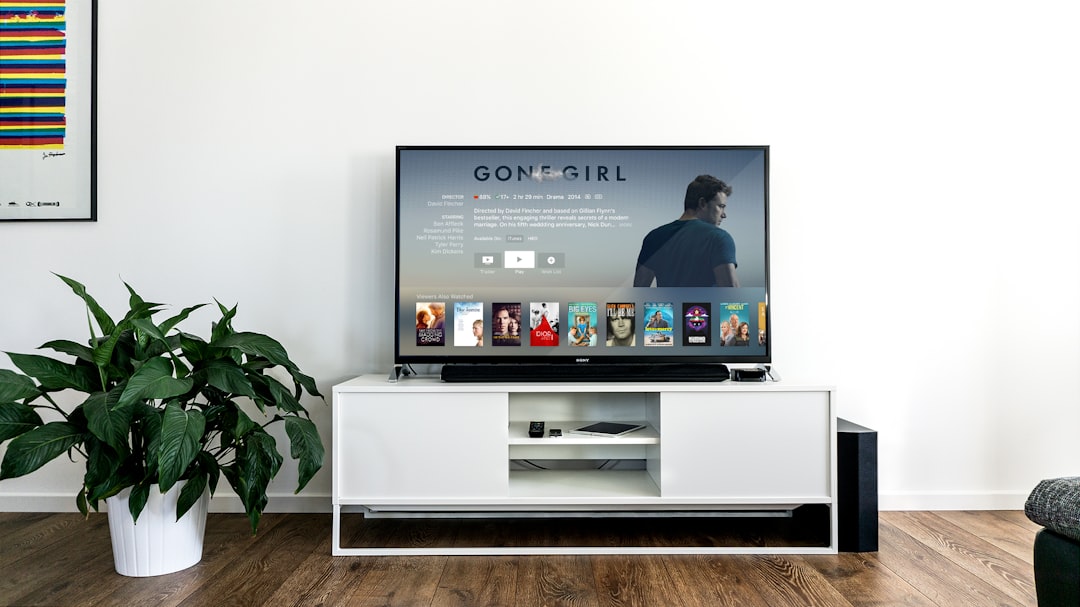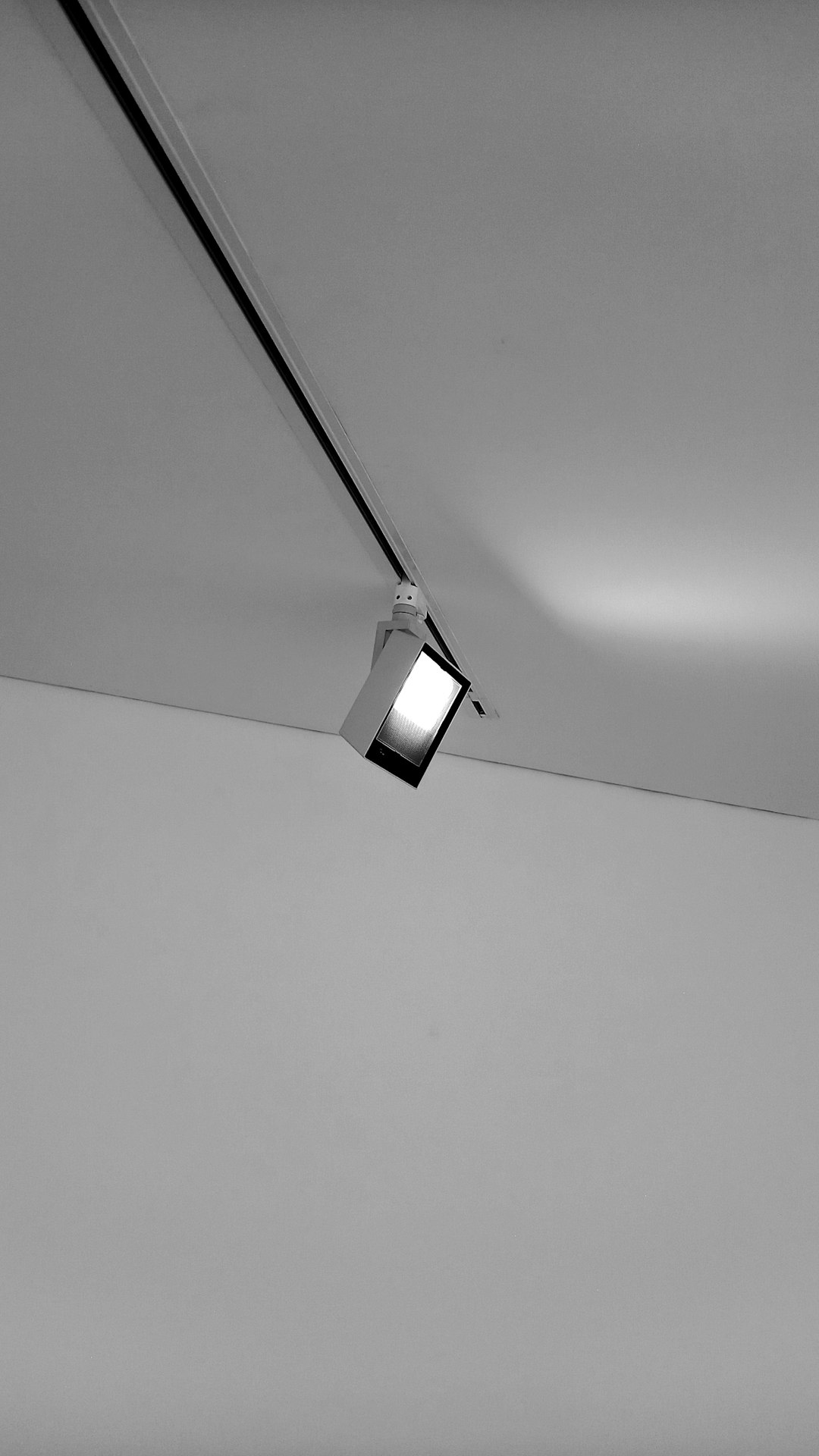Table of Contents
For individuals living in compact spaces or seeking multimedia solutions on the go, portable projectors are a smart and increasingly popular option. With advancements in technology, these devices have become more versatile, powerful, and accessible. Understanding the basics of portable projectors for small rooms helps users make informed decisions tailored to space limitations and entertainment needs.
What Is a Portable Projector?
A portable projector is a lightweight, compact device designed to display images or videos onto a flat surface, typically a wall or screen. Unlike traditional projectors used in conference rooms or large home theaters, portable projectors are designed for mobility and smaller environments. They often come with built-in batteries and speakers, wireless connectivity, and smartphone compatibility.
Why Portable Projectors Work Well in Small Rooms
Smaller rooms present unique challenges, but they also make certain devices more efficient. Portable projectors work exceptionally well in smaller spaces for the following reasons:
- Short Throw Distance: Many portable projectors can project large images from a short distance, which means you don’t need a big room for a big screen.
- Compact Design: These devices are usually small enough to fit on a shelf, table, or even be mounted on a tripod, making them perfect for tight corners.
- Minimal Heat Output: Compared to larger projectors, portable units emit less heat, keeping your room comfortable even during extended use.
- Quieter Operation: Since the need for large fans or active cooling systems is reduced, portable projectors tend to operate quietly.
For those living in dorm rooms, studio apartments, or small bedrooms, a portable projector can transform modest space into an immersive entertainment center.
Key Features to Look for in a Portable Projector for Small Rooms
When shopping for a portable projector, it’s important to consider the specific needs of your environment. Here’s a breakdown of the key features:
1. Brightness
Brightness is measured in lumens. For small, dimly lit rooms, a projector with 100–300 ANSI lumens may suffice. However, for rooms with some ambient light, consider one with 400–800 lumens or higher to ensure clear visibility.
2. Resolution
Image clarity depends on resolution. For movies and casual viewing, 720p (HD) may be sufficient. If you’re after crystal-clear visuals, look for 1080p (Full HD) or even 4K options if your budget allows.
3. Throw Ratio
This refers to the projector’s ability to produce a given image size from a particular distance. A short-throw or ultra-short-throw projector is ideal for confined areas.
4. Connectivity Options
Look for projectors that support:
- Wi-Fi or Bluetooth for wireless streaming from phones or laptops
- HDMI and USB ports for physical connections
- Screen mirroring capabilities for Android or iOS devices
5. Built-In Audio
Smaller models often come with built-in speakers. While not always high fidelity, they can be sufficient for small rooms. However, some models allow Bluetooth speaker pairing for enhanced sound quality.

Optimizing Setup in Small Spaces
How and where you set up your projector can significantly affect image quality and ease of use. Here are some best practices:
- Use a Smooth, White Wall: This will provide the best image contrast without needing to buy an additional projector screen.
- Mount Strategically: Consider ceiling mounts or tripods to save floor space and keep the projection geometry intact.
- Install Blackout Curtains: Minimizing ambient light enhances the projector’s brightness and color vibrancy.
- Use Keystone Correction or Lens Shift: These features help adjust image distortion caused by off-center placements – especially valuable in limited setups.
With the right setup, even a modest room can appear cinema-ready.
Top Use Cases in Small Rooms
Portable projectors offer a wide range of usage scenarios, particularly in intimate settings. Here are some top ways people use them in small rooms:
- Streaming Movies: Connect to platforms like Netflix or Hulu via smartphone or built-in apps and enjoy a theater experience from your bed.
- Gaming: With HDMI connections, portable projectors double as a big screen for gaming consoles like the Nintendo Switch or PlayStation.
- Work Presentations: Compact and quick to set up, these projectors are useful for displaying presentations or documents in home offices or study areas.
- Children’s Entertainment: Project cartoons or educational content onto walls or ceilings to create interactive and engaging environments for kids.

Battery Life & Portability
Another key consideration for portable projectors is power efficiency and battery life. Many units offer between 1.5 to 4 hours of battery-powered use, which is typically enough for a movie or short gaming session.
Additionally, weight and design matter. Lightweight projectors under 2 pounds are easier to carry between rooms or stash in a bag when traveling. Some models even come with carrying cases, enhancing portability.
Final Thoughts
For small room settings, a portable projector can be both a practical and exciting investment. With the right mix of brightness, resolution, and throw ratio, users can enjoy immersive experiences in compact spaces. Whether it’s for entertainment, work, or educational purposes, there’s a wide array of features and models designed to meet every need without cluttering the environment.
Frequently Asked Questions
-
Q: Can a portable projector replace a TV?
A: Yes, in small rooms, a portable projector can be a great substitute for a TV, especially if you want to save space. It can mirror smart devices or plug directly into media sources and offers a significantly larger display without taking up wall space. -
Q: Do I need a projector screen in a small room?
A: Not necessarily. A smooth, white wall can work well. However, using a dedicated projector screen can enhance image quality in terms of brightness and contrast. -
Q: How do I get good sound in a small room with a projector?
A: While many portable projectors come with built-in speakers, small rooms benefit from external Bluetooth speakers or soundbars for fuller audio tones. -
Q: Are there portable projectors with built-in streaming apps?
A: Yes, many modern portable projectors come equipped with Android TV or similar operating systems, allowing direct access to streaming services without connecting other devices. -
Q: What’s the ideal distance for projector placement in a small room?
A: This depends on the projector’s throw ratio. Generally, for a screen size of 80 inches, a short-throw projector may only need to be 2 to 3 feet away.

